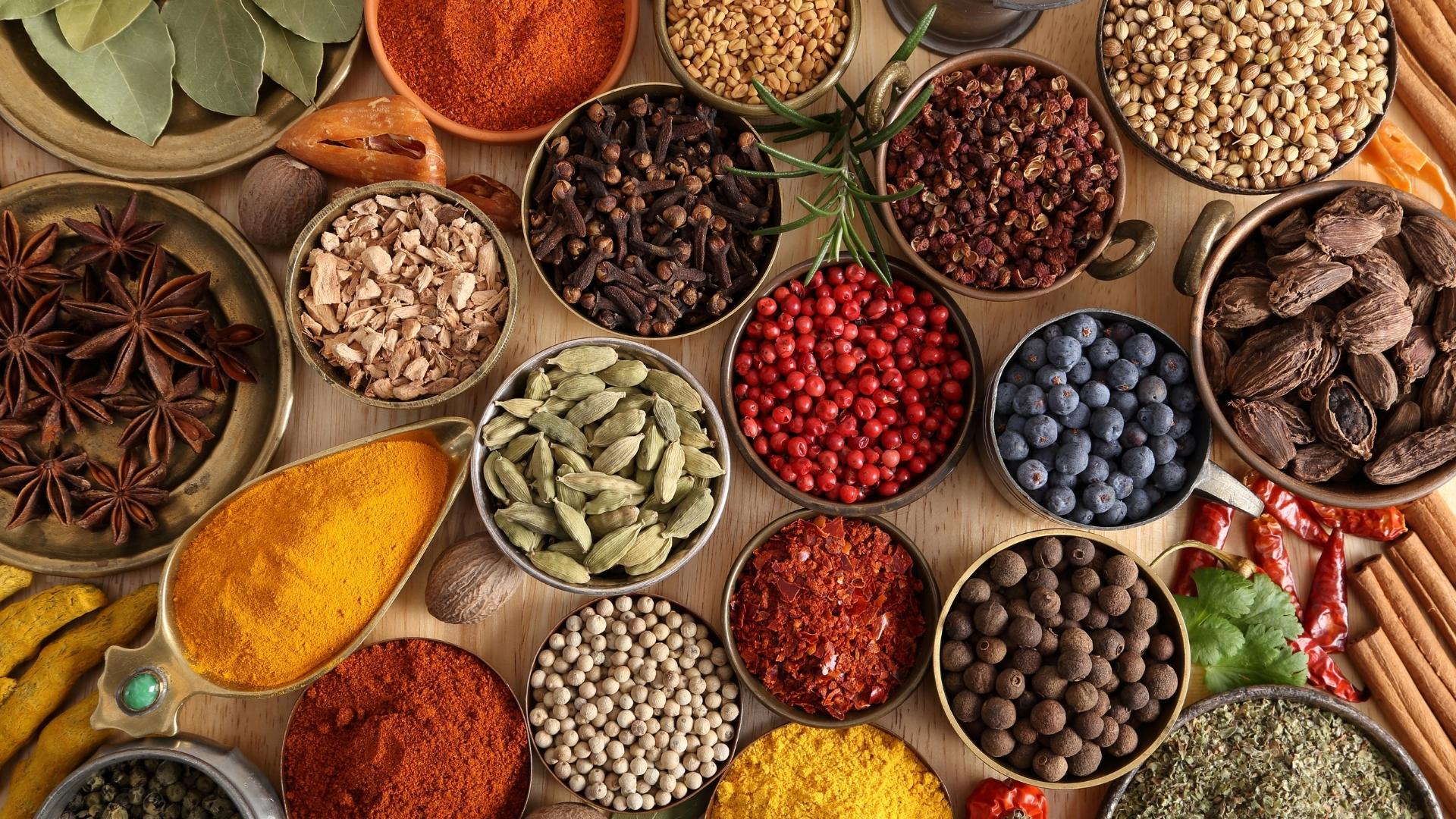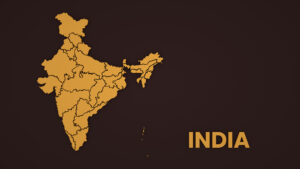For centuries south Asian region has been rich. Rich with its spices and food recipes. For years, the area lured various crusaders to invade the territory over centuries. Beginning in the 14th century, the Moghuls invaded and ruled what is today the Indian subcontinent for over three centuries. And then came the marvellous voyages of Christopher Columbus, taking upon the arduous long trip and Vasco Da Gama of Portugal, all because of the lure of a wide variety of spices in the sub-continent.
Vast fortunes were accomplished and squandered, powerful rulers seduced, ailments cured and discovered nations. All in the name of spices. Spices have always cast a spell on our imaginations. Spices flatter our senses; our sight with their vibrant colours, our smell with their enticing fragrances and our taste with their distinct unique flavours.
Today, India is one of the world’s largest exporting nations of spices. A wide variety of spices grows due to natural conditions available in various parts of India. The foremost western, south-west, south and south-east are tropical weather conditions, north-west, north is dry with less humidity, and north-east and east have pre-dominantly high-rainy seasons.
Due to the abundance and availability of spices in India, Indian food is never bland. Most of the recipes originating from the Indian sub-continent contain spices in the ingredients list. Spices in Indian food are not heavy, and although Indian food is not bland, most Indian dishes are delicately spiced to enhance the flavour of the main cooking ingredient. Curry powder sitting on the grocer’s shelf may be like sawdust when one compares it to the delicate spices roasted, combined and dry ground or wet ground in the traditional Indian traditions. Today one of the most famous entries in the west consists of curry, a blend created by mixing various ground spices in the right proportions with the water. However, there are many delicacies in Indian recipes due to multiple spices.
Fresh ground spices are the order of the day in an Indian home and are chosen according to the recipe’s nature, season, individual and family. Some common Indian spices are red chilli pepper, turmeric, black pepper, nutmegs, cloves and many more.
Other than the usage of spices in culinary, they are also ingredients in the medicine. Ancient Ayurvedic texts prescribe herbs and spices for curative and therapeutic functions. Ayurvedic scripts dating back to 3000 years list various spices’ preventive and curative properties. Looking at the curative properties of some of the spices – Ginger prevents dyspepsia, garlic reduces cholesterol and hypertension, and fenugreek is a good resistance builder. Pepper is often an antihistamine and turmeric for stomach ulcers and the skin’s glow.
Spices are in use to make the food last longer on the days when refrigeration is absent. And even today, in some remote parts of India where electricity is unavailable, spices are used in food for preservation.
In India, the western after-dinner mint gets replaced by fragrant spices such as fennel, cardamom or cloves. Effective mouth fresheners aid digestion, prevent heartburn and curb nausea. Others such as asafoetida and ginger root are known to counteract flatulence and colic mixed with lentils, a must with every Indian meal.









